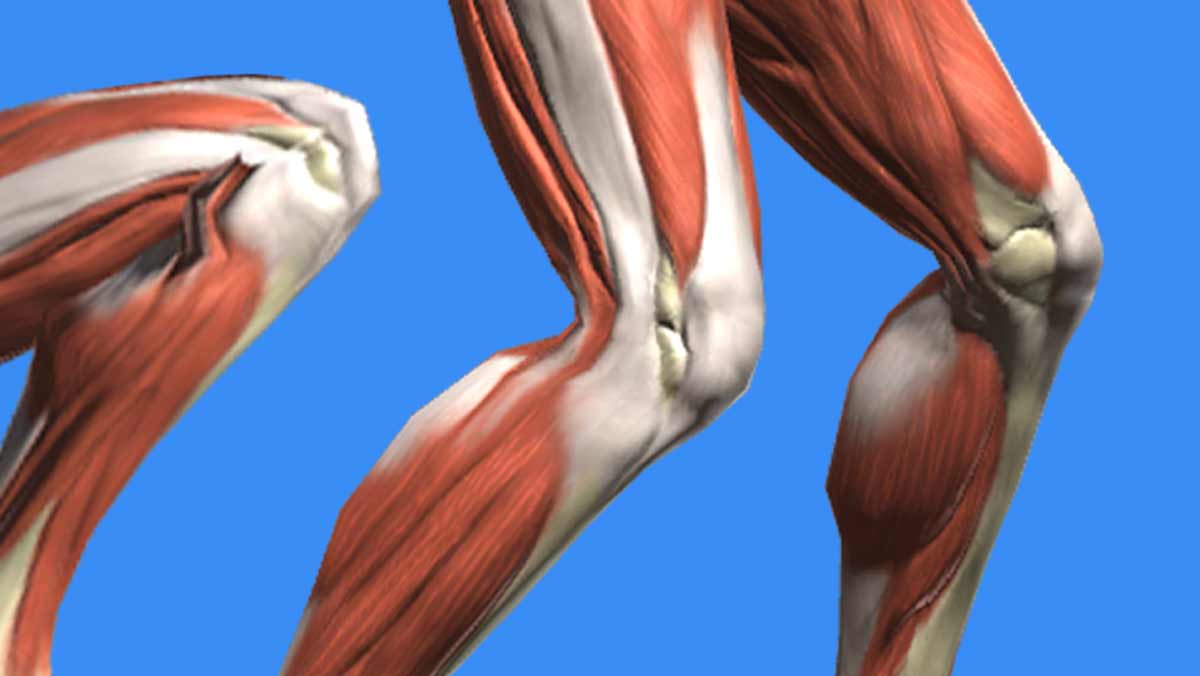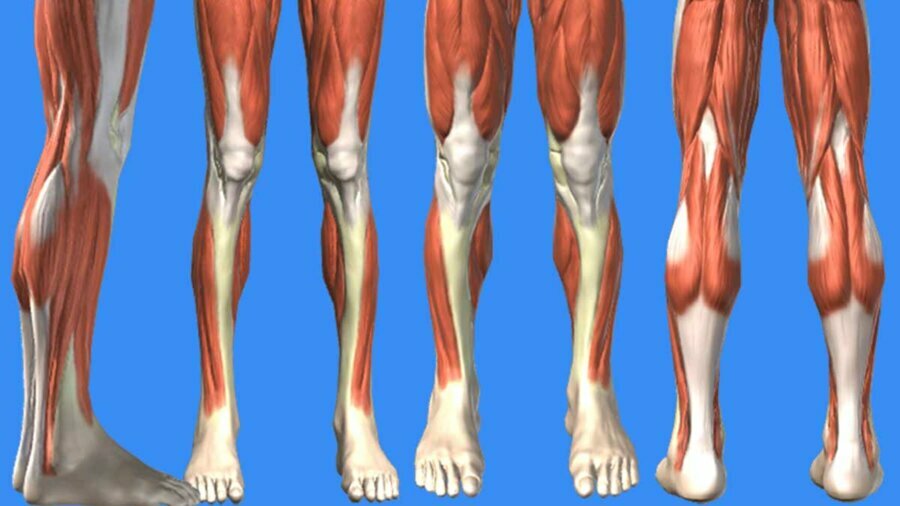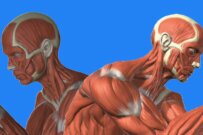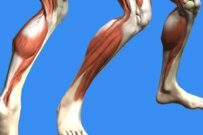Many types of knee injuries and pain can be helped by massage:
For knee pain, neuromuscular massage can:
- Help improve circulation
- Relieve pain
- Relieve stiffness
- Help you relax
- Stimulate blood flow
- Reduce swelling
Also, if you have an MCL sprain (medial collateral knee ligament), it can possibly be helped with massage. Cross Friction Massage is the modality used on the tendon or ligament, using Deep Tissue and lighter pressure massage. This loosens the scar tissue and helps with the healing process.
When would massage not be advised for a knee injury?
Cross friction (or any type of) massage should not be used on a knee injury when the tendon, ligament or muscle has a tear, or is ruptured. It’s best to wait at least 48 – 72 hours after a muscle injury to see if this type of damage has occurred. A doctor’s visit or an MRI may be needed to determine the extent of the injury.
Massage could be harmful if done too early after the injury; depending on the severity of the injury, you may even need to wait 4 – 10 days before receiving massage for more extreme knee injuries.
Before seeking massage, R-I-C-E can help a knee injury:
Immediately after injury, massage in contra-indicated, so in the meantime what can you do? Follow your physician’s or PT’s advice, and RICE.
- R: rest your injured knee at least 24 hours
- I: put ice on the knee at 10-20 minute intervals
- C: use compression, preferably a compression sleeve
- E: elevate the knee by propping the leg up – higher than heart level
Massage can help a knee injury when performed at the correct time in the healing process – work it into your post-injury plan for healing.







